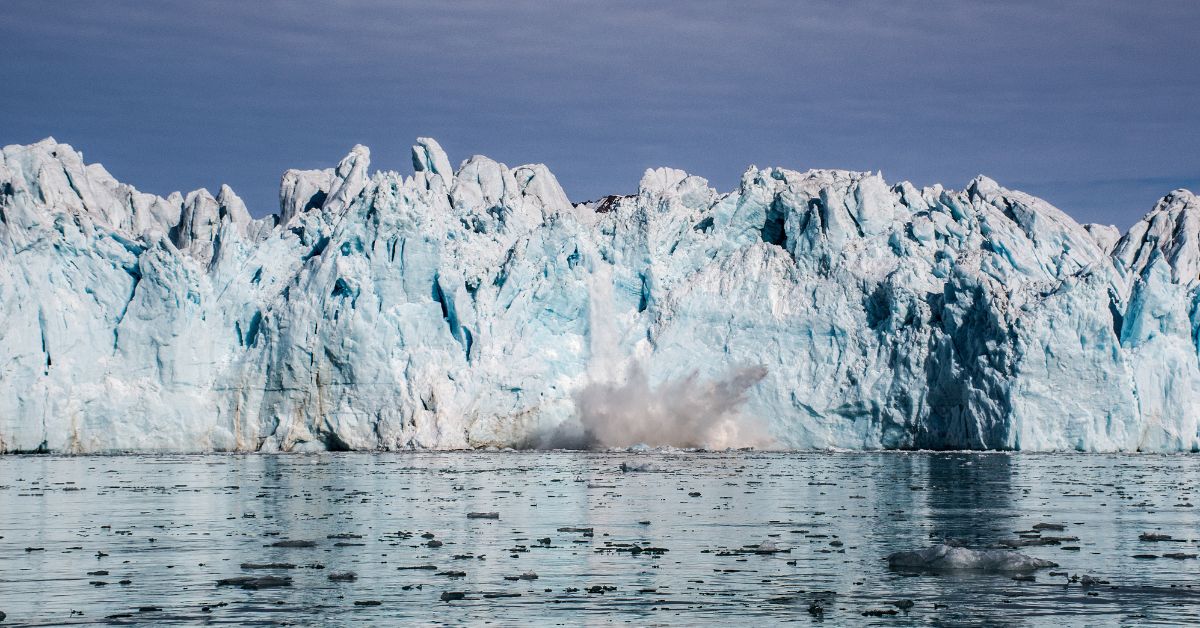
The ice in the earth’s north and south polar regions are threatened by effects of climate change. As global temperatures rise, the thawing of frozen tundra is accelerating. In fact, the Arctic has been warming four times faster than the rest of the world over the last 40 years.
The consequences of melting ice caps vary. Rising sea levels will cause global floods and render many areas uninhabitable. Melting permafrost could cause greenhouse gasses to rise, accelerating global warming.
Take the SmartSolar.org Homeowner Quiz to Find Out if Solar Panels Are Right for You
Climate Change in the Arctic
The North and South Poles are the earth's coldest regions. While the impact of climate change has been profound at both poles, it has been most dramatic in the Arctic (the North Pole), where sea ice and snow in summer is melting rapidly.
In the Antarctic, climate change effects have been less pronounced, but showing signs of increased melting in the 21st century. Experts have recently observed issues in East Antarctica, but temperatures remain steady in the region's center.
The situation at each pole teaches us that climate change impacts areas differently. Average global temperatures have risen by 1°C degree in the last 40 years. However, in the Arctic, temperatures have shot up by 5.6°F (3.1°C) in less than 50 years.
How Is the North Pole Affected?
The situation at the North Pole is dire. Ice sheets and glaciers are melting rapidly as ocean and air temperatures rise. Glaciers and ice sheets are thawing and retreating in Greenland, and experts suggest that late-summer ice could disappear in the region in 25 years.
Permafrost soil is thawing
Permafrost thawing is one of the most concerning aspects of climate change at the north pole. These frozen soils and minerals will release methane and other gasses into the atmosphere, accelerating the rise of global temperatures.
Additionally, melting permafrost will cause the ground surface to become unsteady. This process could destroy homes, roads, and essential infrastructure.
If the carbon trapped in the permafrost soil continues to thaw, it will release ancient bacteria, which could wreak havoc on animals and humans.
Take the SmartSolar.org Homeowner Quiz to Find Out if Solar Panels Are Right for You
Habitat loss and destruction
Climate change at the North Pole is affecting animal and plant populations too. Ecosystem destruction is one of the most troubling climate change effects. For example, reindeer and caribou declined by over 50% in less than 20 years.
Other animals that live on snow and ice are also under threat. Polar bear populations have dramatically decreased because they rely on ice to hunt. Additionally, walrus populations have had to move closer to the shores because of a lack of sea ice.
In Alaska, warmer temperatures mean that spruce bark beetles have thrived. However, this is terrible news for the environment because they are chewing through acres of forest, exacerbating the problems associated with rising global temperatures.
How Is the South Pole Affected by Climate Change?
As we mentioned earlier, the effects at the south pole are, so far, less devastating. However, it's not time to be complacent: temperatures in Antarctica are increasing at five times the rate of global averages.
Loss of ice sheets
Since the early ‘90s, Antarctica has lost about three trillion tonnes of ice, primarily from the West Antarctic ice sheet. These ice sheets hold glaciers and snow in place. When they collapse, everything begins to slide into the ocean at an accelerated rate.
Habitat loss
Habitat loss is another cause for concern. Many areas in the South Pole that once supported penguins have been changed dramatically. The lack of sea ice has forced these animals to colder parts of the south.
These problems affect different species of penguins, and experts suggest their numbers will steeply declineif global temperatures continue to rise.
What Can You Do to Help?
We all need to take urgent action to reduce climate change's impact on the poles and the rest of the world. One thing you can do is reduce your reliance on the fossil fuels that contribute to rising global temperatures.
You should get in touch with a solar panel company near you. Additionally, we can advise you on clean and sustainable energy sources, such as solar panels.
While you might be concerned about the expense of solar panels, you can take advantage of government tax credits for installing these renewable energy generators. Read this article or get in touch today for a quick rundown on how federal solar tax credits work.
Final Thoughts
Climate change has affected the North and South Poles in different ways. While both regions show signs of global warming, it's more visible in the north.
Rapidly melting snow and ice and rising ocean temperatures cause habitat destruction and global flooding. To help these regions stay as they are, you should consider switching to renewable energy sources like solar power.
Take the SmartSolar.org Homeowner Quiz to Find Out if Solar Panels Are Right for You
In Sun Belt states, solar panel installation is advantageous. Solar and battery storage are attractive investments in locations like Florida due to abundant sunshine and tax benefits.

